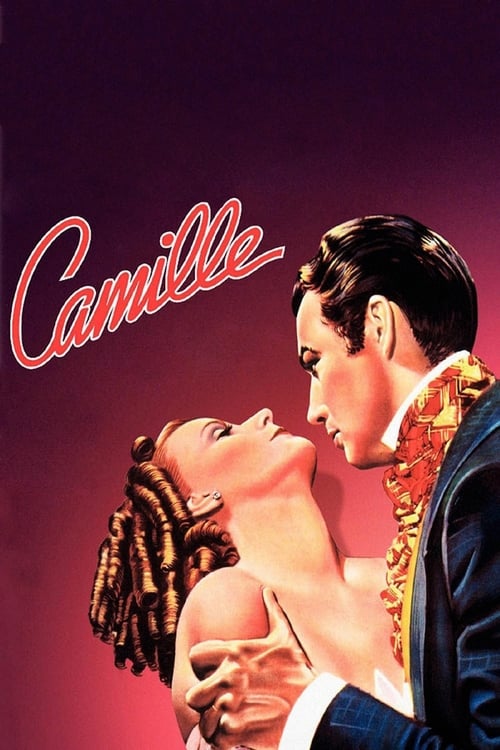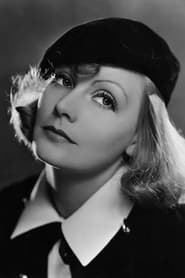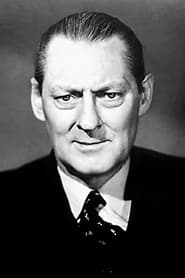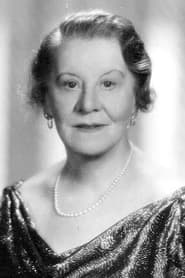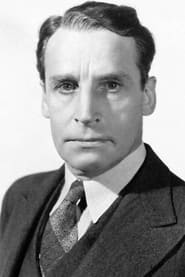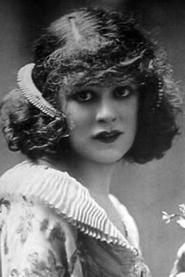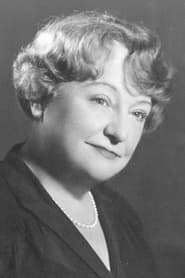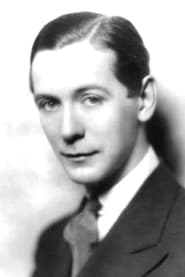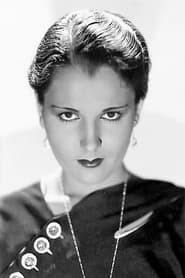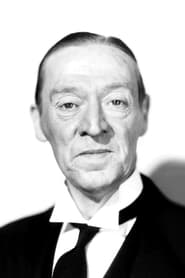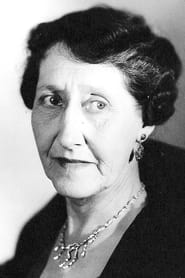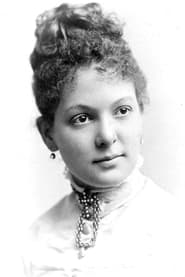Cast
View AllGreta Garbo
as Marguerite Gautier
Robert Taylor
as Armand Duval
Lionel Barrymore
as Monsieur Duval
Elizabeth Allan
as Nichette
Jessie Ralph
as Nanine
Henry Daniell
as Baron de Varville
Lenore Ulric
as Olympe
Laura Hope Crews
as Prudence Duvernoy
Rex O'Malley
as Gaston
Lita Chevret
as Woman in Theatre Box (uncredited)
E. E. Clive
as Saint Gaudens (uncredited)
Elspeth Dudgeon
as Fireplace Attendant (uncredited)
Effie Ellsler
as Grandma Duval (uncredited)
Elsie Esmond
as Madame Duval (uncredited)
Dorothy Granger
as Woman in Theatre Box (uncredited)
Crew
Director
- George Cukor
Producer
- Irving Thalberg
- Bernard H. Hyman
Reviews
talisencrw
Greta Garbo (I'm not objective in the slightest here, because she's my favourite actress ever) is astonishing as The Lady of the Camellias in this, the most well-known cinematic rendition of Alexandre Dumas' tragic story. In comparison to the 1921 silent version, Cukor's a much better director, though Rudolph Valentino's better as Armand Duval. Both versions are intriguingly different, and Henry Daniell's just great as the villainous Baron. Essential viewing, especially for fans of Garbo and classic tearjerker films.
Mar 23, 2016
CinemaSerf
Greta Garbo "Marguerite" is on wonderfully seductive form in this classy adaptation of Alexandre Dumas' story. She is the comfortably off courtesan kept by the wealthy "Baron de Varville" (Henry Daniell) who is introduced to the handsome "Armand" (Robert Taylor). He falls for her hook, line and sinker - but she isn't just going to take him in her arms. He is young, handsome, naive - and skint, but he has a certain charm! Determination is also one of his qualities as he vows to take her away from it all to a quite recluse in the country where she can recover from a mysterious ailment. The intervention of the young man's father (Lionel Barrymore), puts a fly in this ointment - he pleads with her not to toy with his son's affections, nor to tarnish his reputation - and she returns to her old beau and his chequebook... It's the ultimate menage-à-trois. The witty and popular woman having to face the grim choice of a loveless relationship, or a penniless one... Cukor sets a high standard; he allows the story to evolve slowly and delicately. The production looks great with wonderful attention to detail, and there is a chemistry between Garbo and the very young Taylor that is quite enthralling. Needless to say, Daniell is his usual dastardly self as the Baron, and Jessie Ralph also detersives notices as "Nanine". Although the 1926, much shorter, version of this is interesting - it features Paul Robeson - this is my favourite version by far.
Jun 19, 2022
Thematic Analysis
As a dramatic work, Camille examines complex human relationships and emotional struggles against the backdrop of a period setting that reflects societal issues of its time. The character development particularly stands out, offering viewers a chance to reflect on their own life journeys.
Director George Cukor brings their distinctive visual style to this film, continuing their exploration of themes seen in their previous works while adding new elements. Their approach to character development and emotional depth creates a viewing experience that rewards close attention.
Released in 1936, the film exists within a cultural context that now offers viewers historical perspective on the social issues of that era. Its critical acclaim reflects its artistic achievements and its place in cinema history.
Did You Know?
- The production of Camille took approximately 15 months from pre-production to final cut.
- The final cut of the film runs for 109 minutes, though the director's initial assembly was reportedly 130 minutes long.
- Some visual effects sequences took up to 6 months to complete.
- The costume department created over 228 unique costume pieces for the production.
- The screenplay went through 9 major revisions before the final shooting script was approved.
Historical Context
- In 1936, when this film was released:
- The civil rights movement was gaining momentum in the United States.
- Rock and roll music was revolutionizing popular culture.
- The film industry was dominated by major studios, with independent cinema still in its early development.
How This Film Stands Out
While Camille shares thematic elements with other films in its genre, it distinguishes itself through its unique approach to storytelling, visual style, and character development.
Unlike Dorm, which takes a more conventional approach to its subject matter, Camille offers a fresh perspective through its innovative visual language and narrative structure.
While films like Avenue Montaigne and The Three Musketeers explore similar territory, Camille stands apart through its distinctive directorial vision and pacing.
This film's unique contribution to cinema lies in its thoughtful balance of entertainment value and thematic depth, making it a valuable addition to its genre.
Details
- Release Date: December 26, 1936
- Runtime: 1h 49m


